Wie ist der Absatz von E-Bikes in europäischen Ländern?

1. Verbrauchereigenschaften
Geschlechterverteilung: In Europa machen männliche Verbraucher einen höheren Anteil der E-Bike-Käufer aus, aber auch der Anteil weiblicher Verbraucher nimmt allmählich zu.
Alter und Einkommen: Verbraucher unterschiedlichen Alters zeigen großes Interesse an E-Bikes, insbesondere diejenigen, die einen gesunden und umweltfreundlichen Lebensstil verfolgen. Gleichzeitig entscheiden sich Verbraucher mit höherem Familieneinkommen eher für den Kauf eines E-Bikes.
2. Politische Unterstützung und Subventionen
Staatliche Förderung: Um umweltfreundliches Reisen zu fördern und den CO2-Ausstoß zu reduzieren, gewähren viele europäische Regierungen Verbrauchern beim Kauf von E-Bikes Subventionen, Steuererleichterungen und andere Vergünstigungen. In Städten wie München beispielsweise gibt es für den Kauf eines Elektrofahrrads eine Förderung von bis zu 500 Euro.
Infrastrukturausbau: Die europäischen Länder verbessern weiterhin ihre Infrastruktur, beispielsweise Fahrradwege, und schaffen so angenehmere Bedingungen für das E-Bike-Fahren.
3. Markttrends
Kontinuierliches Wachstum: Mit dem zunehmenden Umweltbewusstsein und der Beschleunigung der Urbanisierung wird das Verkaufsvolumen von E-Bikes auf dem europäischen Markt weiter steigen.
Vielfältige Einsatzmöglichkeiten: Neben dem Pendeln und Freizeitfahren werden E-Bikes auch zunehmend im Gütertransport, im Tourismus und in anderen Bereichen eingesetzt.
Zusammenfassend lässt sich sagen, dass E-Bikes in europäischen Ländern sehr beliebt sind und einen kontinuierlichen Wachstumstrend aufweisen. Dies ist auf das Zusammenspiel mehrerer Faktoren zurückzuführen, wie etwa die Fahrradkultur auf dem europäischen Markt, die steigende Akzeptanz bei den Verbrauchern, politische Unterstützung und die Verbesserung der Infrastruktur.
Geschlechterverteilung: In Europa machen männliche Verbraucher einen höheren Anteil der E-Bike-Käufer aus, aber auch der Anteil weiblicher Verbraucher nimmt allmählich zu.
Alter und Einkommen: Verbraucher unterschiedlichen Alters zeigen großes Interesse an E-Bikes, insbesondere diejenigen, die einen gesunden und umweltfreundlichen Lebensstil verfolgen. Gleichzeitig entscheiden sich Verbraucher mit höherem Familieneinkommen eher für den Kauf eines E-Bikes.
2. Politische Unterstützung und Subventionen
Staatliche Förderung: Um umweltfreundliches Reisen zu fördern und den CO2-Ausstoß zu reduzieren, gewähren viele europäische Regierungen Verbrauchern beim Kauf von E-Bikes Subventionen, Steuererleichterungen und andere Vergünstigungen. In Städten wie München beispielsweise gibt es für den Kauf eines Elektrofahrrads eine Förderung von bis zu 500 Euro.
Infrastrukturausbau: Die europäischen Länder verbessern weiterhin ihre Infrastruktur, beispielsweise Fahrradwege, und schaffen so angenehmere Bedingungen für das E-Bike-Fahren.
3. Markttrends
Kontinuierliches Wachstum: Mit dem zunehmenden Umweltbewusstsein und der Beschleunigung der Urbanisierung wird das Verkaufsvolumen von E-Bikes auf dem europäischen Markt weiter steigen.
Vielfältige Einsatzmöglichkeiten: Neben dem Pendeln und Freizeitfahren werden E-Bikes auch zunehmend im Gütertransport, im Tourismus und in anderen Bereichen eingesetzt.
Zusammenfassend lässt sich sagen, dass E-Bikes in europäischen Ländern sehr beliebt sind und einen kontinuierlichen Wachstumstrend aufweisen. Dies ist auf das Zusammenspiel mehrerer Faktoren zurückzuführen, wie etwa die Fahrradkultur auf dem europäischen Markt, die steigende Akzeptanz bei den Verbrauchern, politische Unterstützung und die Verbesserung der Infrastruktur.




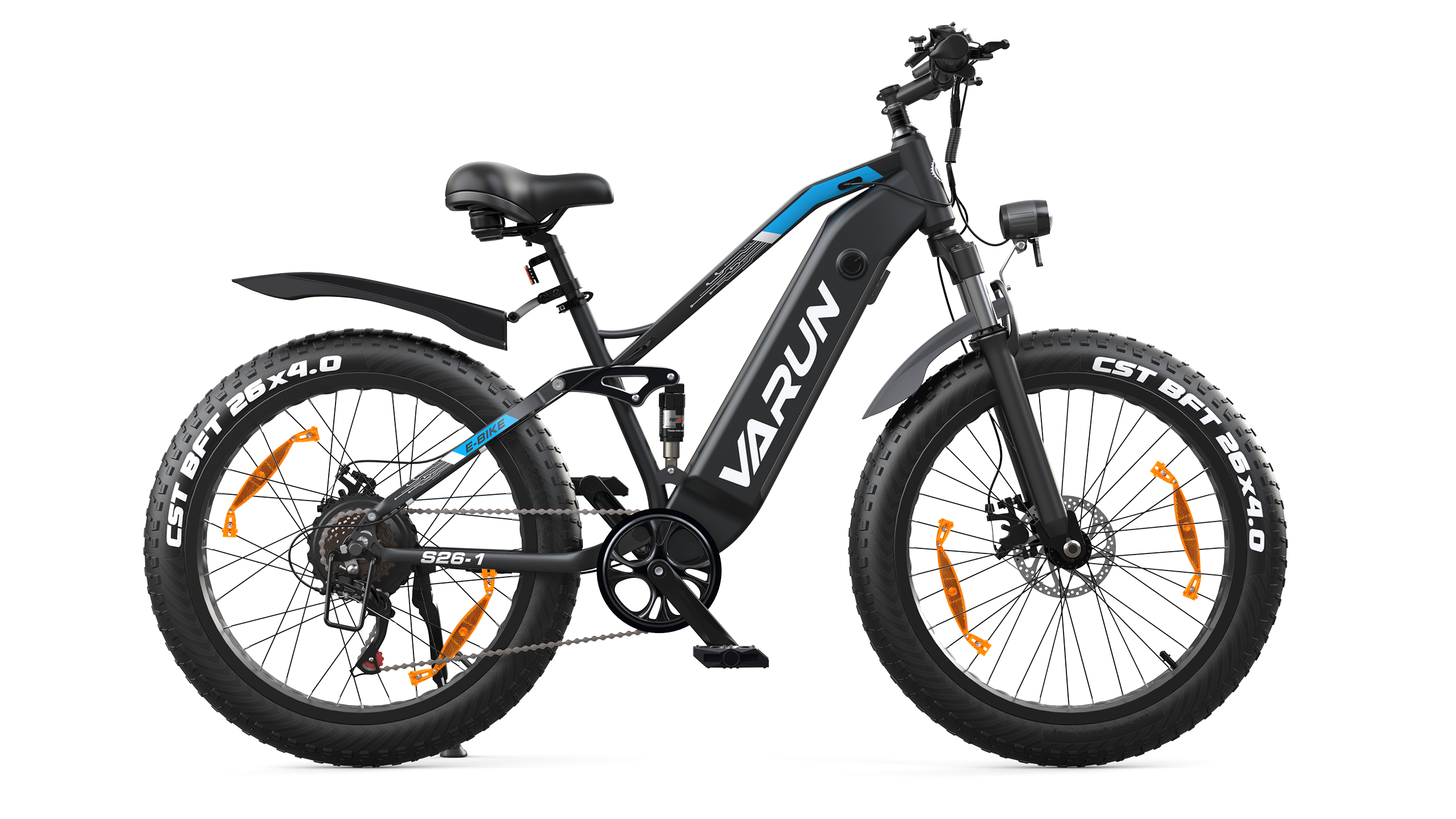
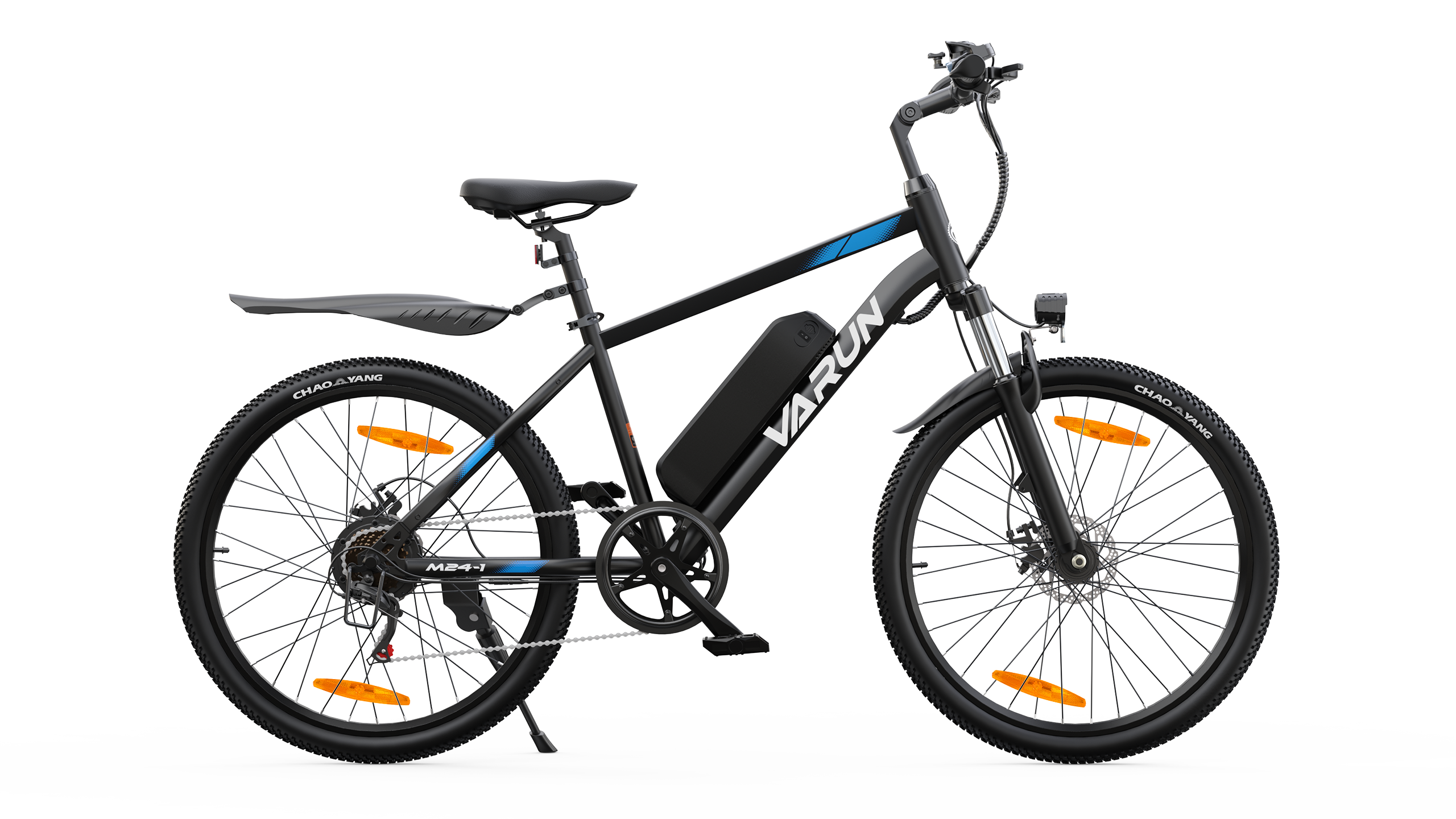
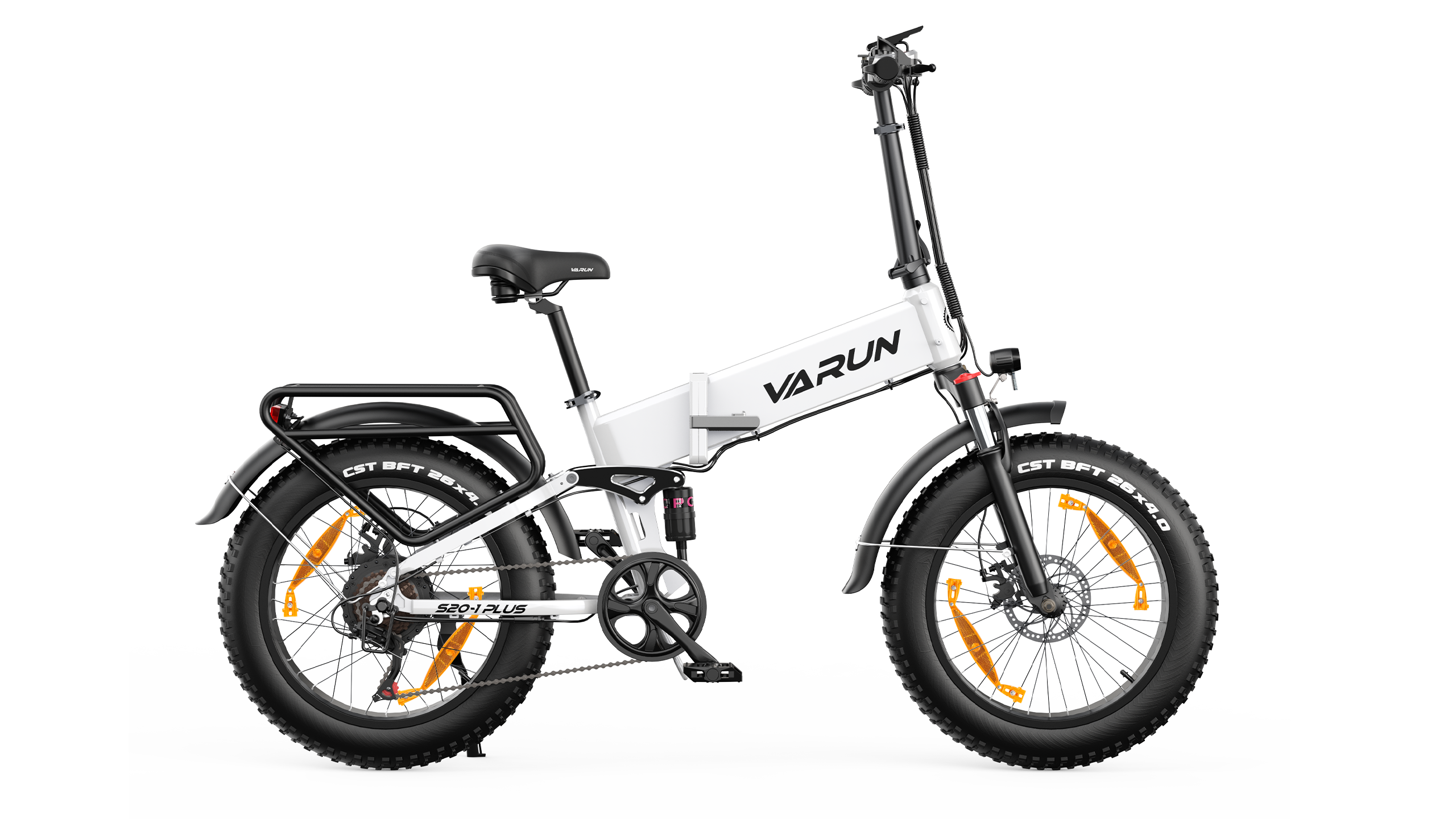





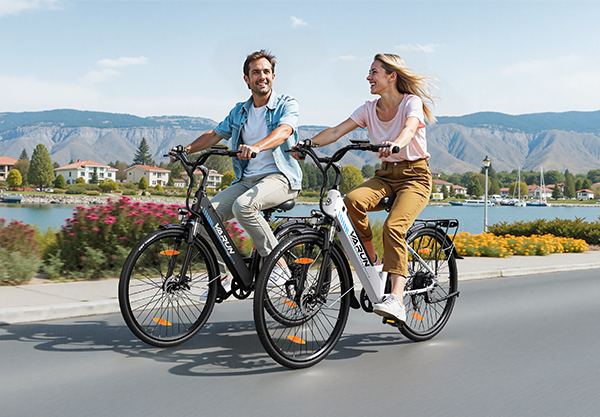

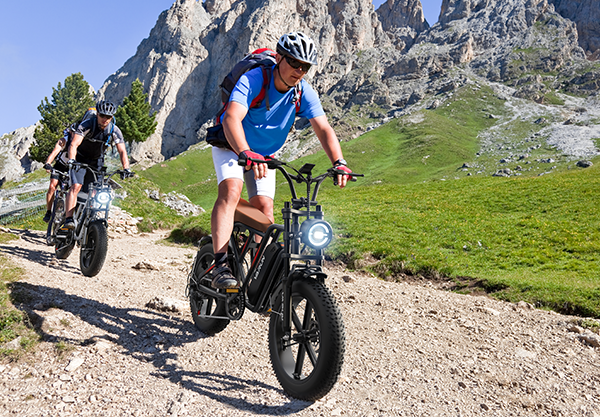

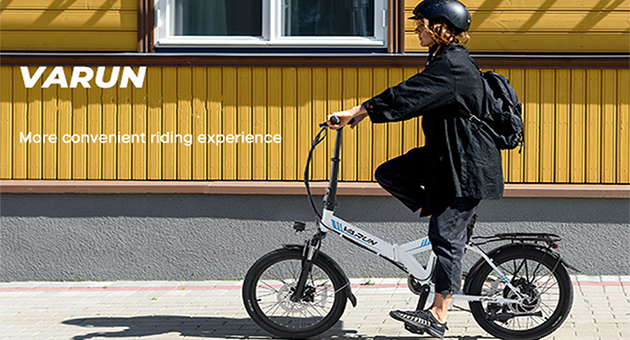

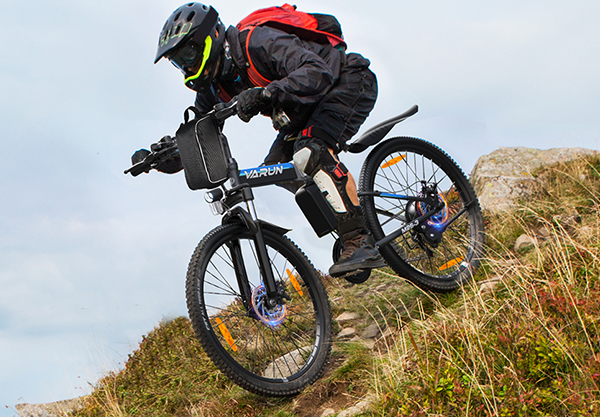








Hinterlassen Sie einen Kommentar